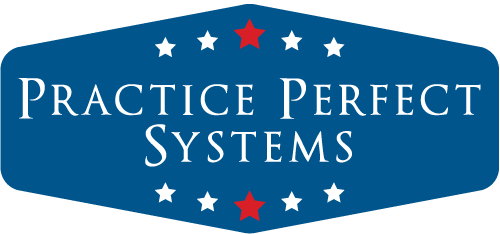When I say “Flying Blind” no, I’m not talking about the air-control issues at Newark Airport. I’m talking about how we practice oral health care.
Having taught in two universities, I have a pretty good idea of the curriculum dentists and hygienists receive. “Basic Sciences” dominate those early years: microbiology, immunology, physiology, anatomy, and pharmacology. Why? Because understanding the why behind disease matters.
So here’s the real question: Why are those sciences all but abandoned once we’re in practice?
When the Formula Works
I recently visited yet another physician—my growing medical entourage now rivals a baseball team. This time, the doctor was younger than my own kids (humbling, yes). But what impressed me wasn’t his age—it was his process.
He introduced himself, asked smart questions, performed an actual exam, and reviewed my chart. Then, with impressive clarity, he walked me through the long-term progression of what was now officially diagnosed as gout. Yep. Me. Gout.
He even laid out a plan that included medications and diet adjustments.
But most impressively? He followed the full 9-step diagnostic formula we were all taught in dental and hygiene school:
-
- Chief Complaint
- History of Present Illness
- Past Medical History
- Medications & Allergies
- Review of Systems
- Physical Examination
- Diagnostic Data
- Assessment
- Plan
It was a clinic in clinical thinking.
Why Don’t We Dig Deeper?
Let’s be honest: because there’s little financial incentive to spend extra time gathering data or solving puzzles. Most dental and medical practices still operate in a system where revenue comes from what you do—not what you think. Diagnostics and discovery take a back seat to drilling and billing.
But should they?
We rightly expect rheumatologists to be master diagnosticians—they don’t do procedures, they solve puzzles. But we deal with chronic inflammatory diseases every single day in dentistry. Why aren’t we approaching them with the same level of scientific rigor?
What If We Practiced Like Medical Detectives?
What if every periodontal consult included salivary analysis? What if every high-risk caries patient received a full microbial workup before we started placing restorations? Would it change our treatment plans? Our outcomes? Our credibility?
Absolutely.
Diagnostics don’t replace clinical skill—they amplify it. They let us tailor treatment to the patient, not just to the pocketbook. They help us shift from a reactive model to a predictive, preventive, and personalized approach.
So here’s the challenge: stop flying blind.
As Dr. Goldberg so clearly states: we can’t afford to keep flying blind.
Patients deserve more than routine—they deserve precision. Salivary diagnostics is a powerful step in that direction.
Stay tuned for Part 2, where Dr. Goldberg shifts the spotlight to what happens after the diagnosis—and how practices can build lasting value by better supporting patients beyond the chair.
Click here to learn more about how Dr Goldberg/Practice Perfect Solutions can benefit your practice of true medicine.
- “Dental Hygienist Pay Up 20% Since 2020”: What That Really Means for Your Practice - September 26, 2025
- Throwback: It’s Not JUST About the Science - September 12, 2025
- Flying Blind: A Wake-Up Call – Part Two - July 11, 2025


